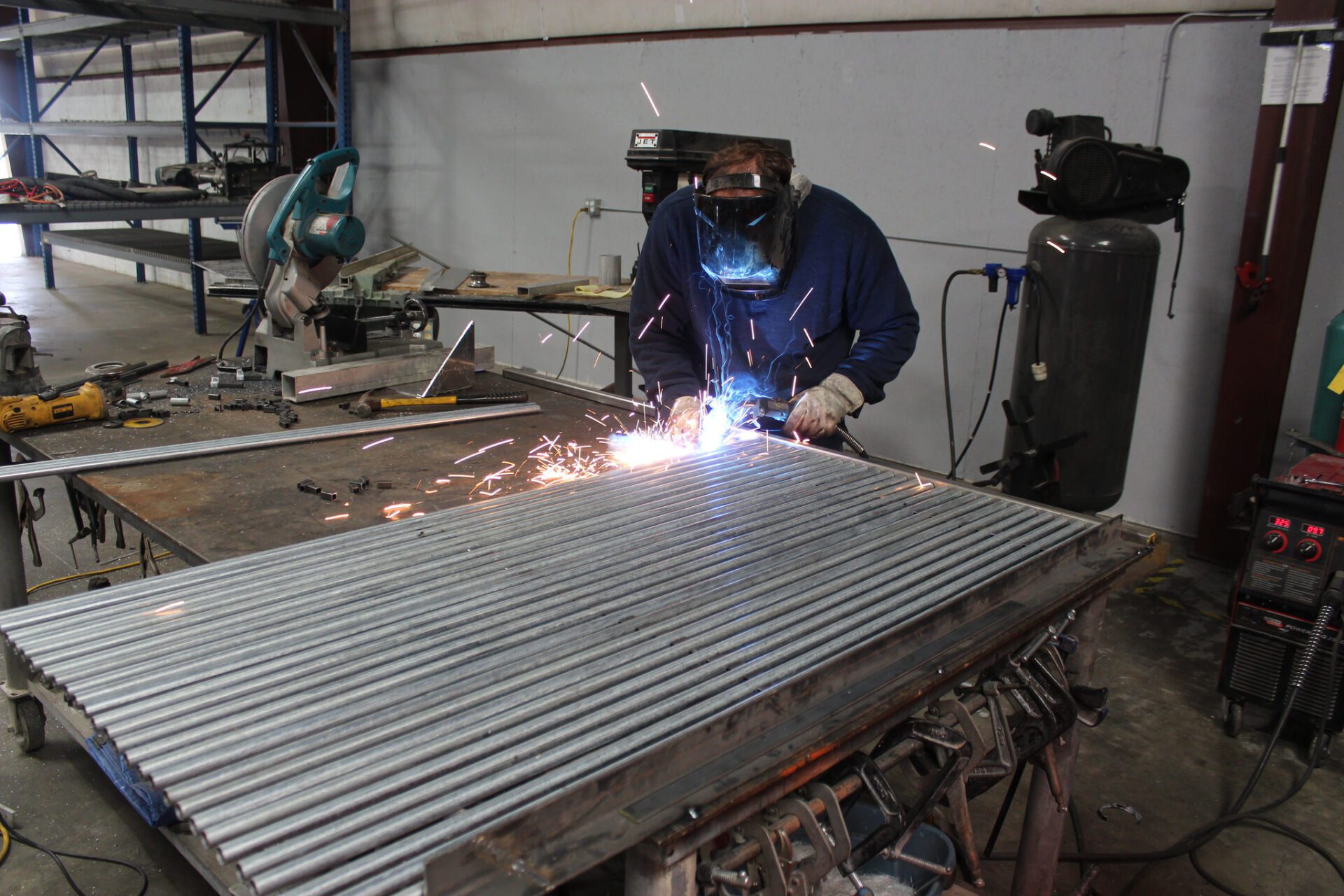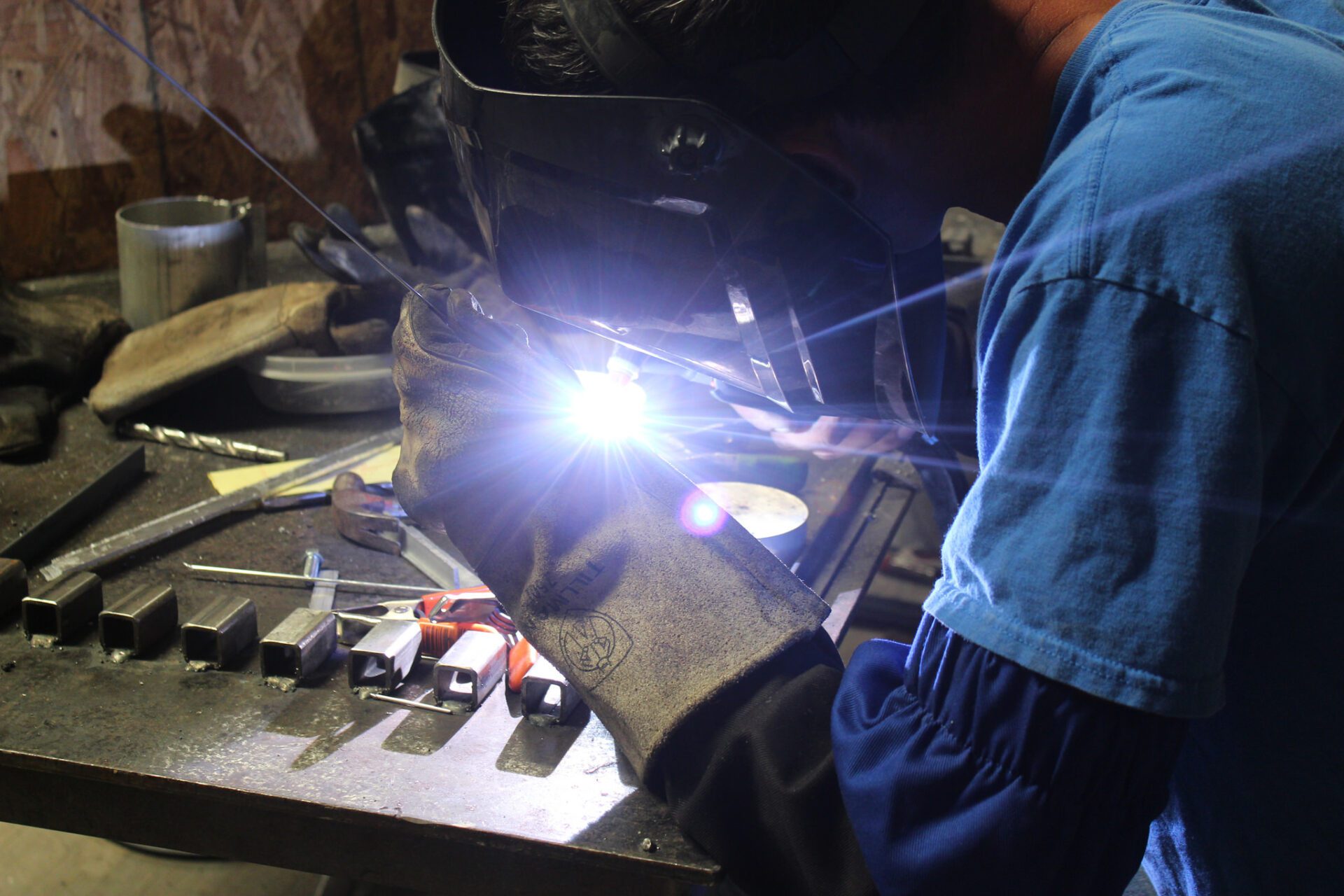Wednesday April 13, 2016
 Sometimes we receive a call for advice that leads to a project working with some new species and rivers. The New York Department of Environmental Conservation (NYSDEC) recently reached out to FISHBIO to review their monitoring program for herring in Black Creek, a tributary to the Hudson River in New York. NYSDEC and Cornell University have been monitoring the upstream migration of adult herring on Black Creek since 2013 using a multichannel fish counter and a fyke net/weir-like structure to guide fish into the counter. However, they had encountered several challenges with the monitoring equipment, such as allowing fish to pass downstream past the structure, monitoring during changes in river flow, portability issues to efficiently install and remove the equipment, and differentiating between species in their fish counts.
Sometimes we receive a call for advice that leads to a project working with some new species and rivers. The New York Department of Environmental Conservation (NYSDEC) recently reached out to FISHBIO to review their monitoring program for herring in Black Creek, a tributary to the Hudson River in New York. NYSDEC and Cornell University have been monitoring the upstream migration of adult herring on Black Creek since 2013 using a multichannel fish counter and a fyke net/weir-like structure to guide fish into the counter. However, they had encountered several challenges with the monitoring equipment, such as allowing fish to pass downstream past the structure, monitoring during changes in river flow, portability issues to efficiently install and remove the equipment, and differentiating between species in their fish counts.
FISHBIO was able to draw on our extensive expertise with fish monitoring equipment, as well as our development of a decision matrix for designing fish monitoring studies (see Inside The Matrix For Salmonid Life Cycle Monitoring) to conduct a peer review of the New York monitoring program and offer suggestions for improvement. After an extensive review, we concluded that a modified rigid weir used in conjunction with a Vaki Riverwatcher fish counter would be the most efficient and effective combined equipment type to monitor herring on Black Creek. NYSDEC agreed for FISHBIO to design and fabricate a custom rigid weir that would also be portable, adaptable, and could be adjusted to include various downstream passage designs and still monitor effectively during flow periods.
 Designing this weir had its own set of challenges, as all weirs do. For example, the small size of herring requires the pickets of the weir “fence” to be tightly spaced (half an inch apart), which is much tighter than weirs used for salmonid monitoring. Therefore, FISHBIO used smaller tubing for the pickets than what we use for salmonid weirs, and designed the structure to still maintain adequate water pressure upstream of the weir so that the spill-over downstream passage features could function properly. Upon the completion of the custom weir fabrication, we created this video tutorial to assist NYSDEC technicians and biologists with the installation and function of their new weir. We look forward to learning about how it performs!
Designing this weir had its own set of challenges, as all weirs do. For example, the small size of herring requires the pickets of the weir “fence” to be tightly spaced (half an inch apart), which is much tighter than weirs used for salmonid monitoring. Therefore, FISHBIO used smaller tubing for the pickets than what we use for salmonid weirs, and designed the structure to still maintain adequate water pressure upstream of the weir so that the spill-over downstream passage features could function properly. Upon the completion of the custom weir fabrication, we created this video tutorial to assist NYSDEC technicians and biologists with the installation and function of their new weir. We look forward to learning about how it performs!
